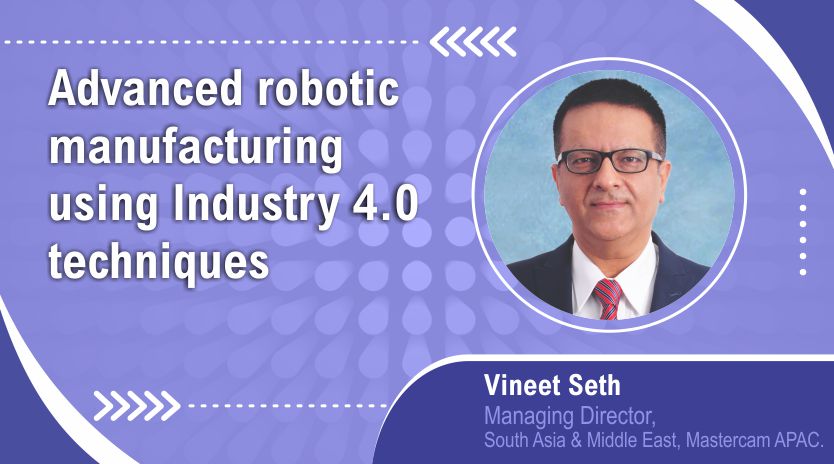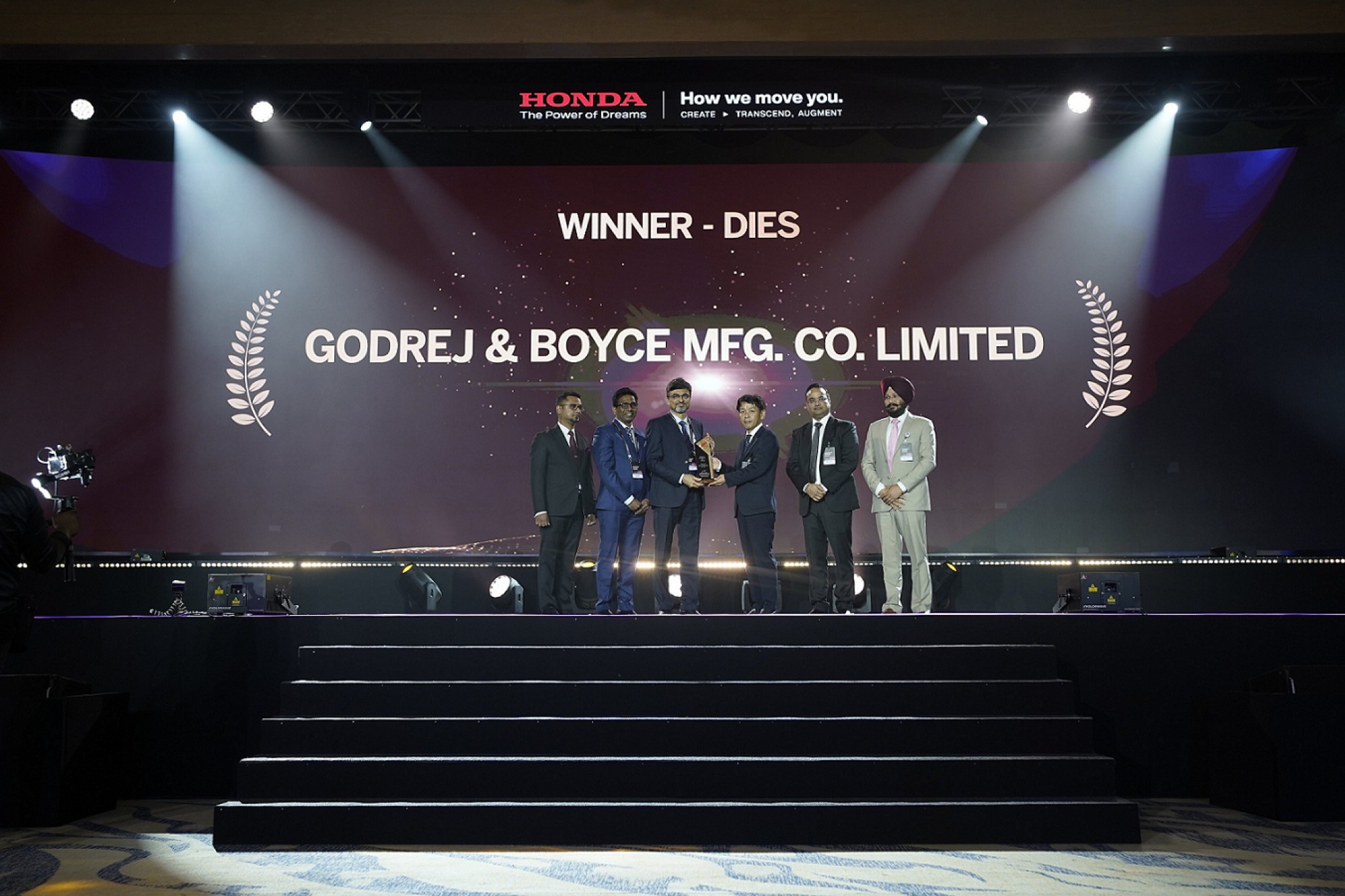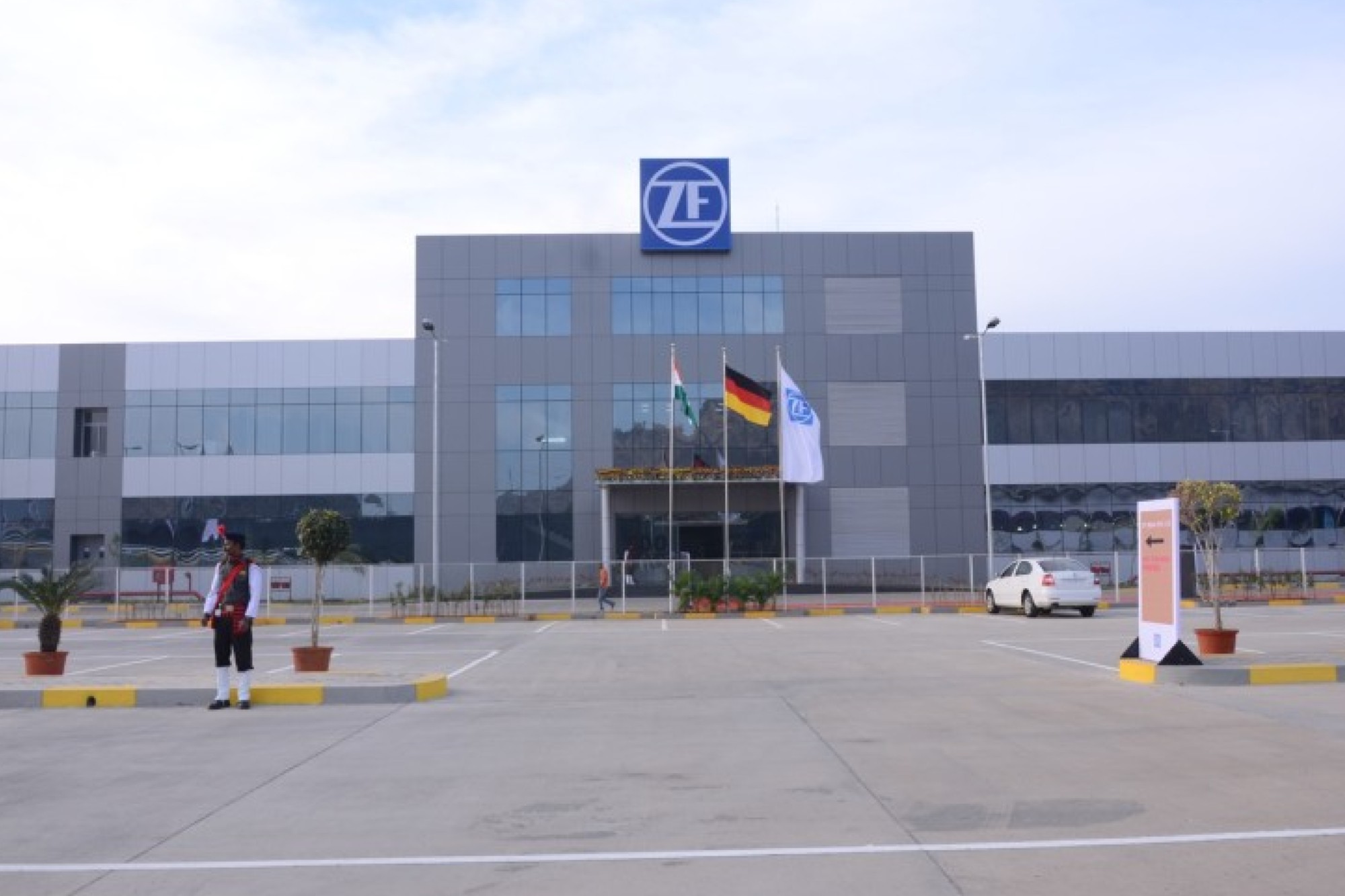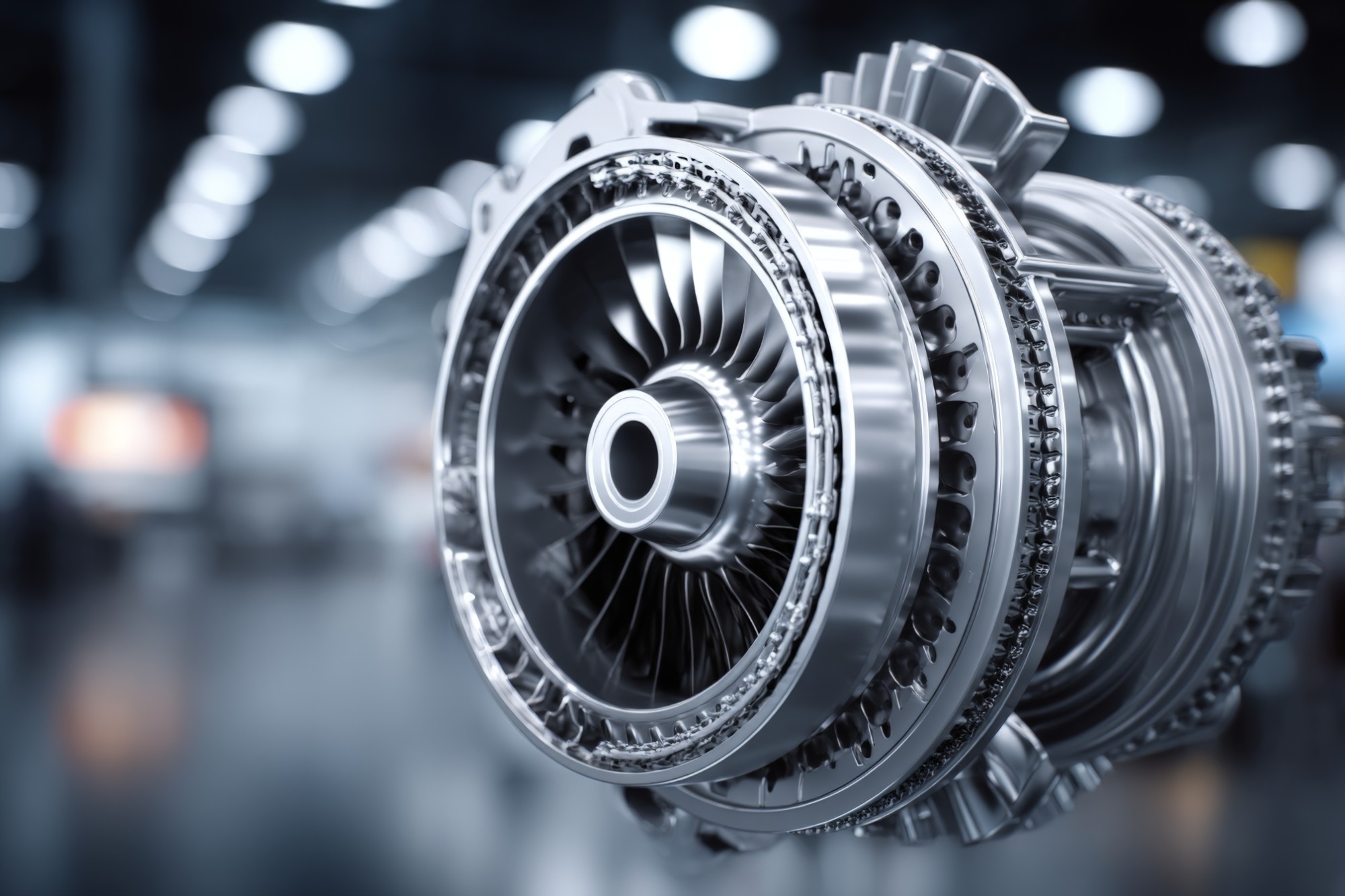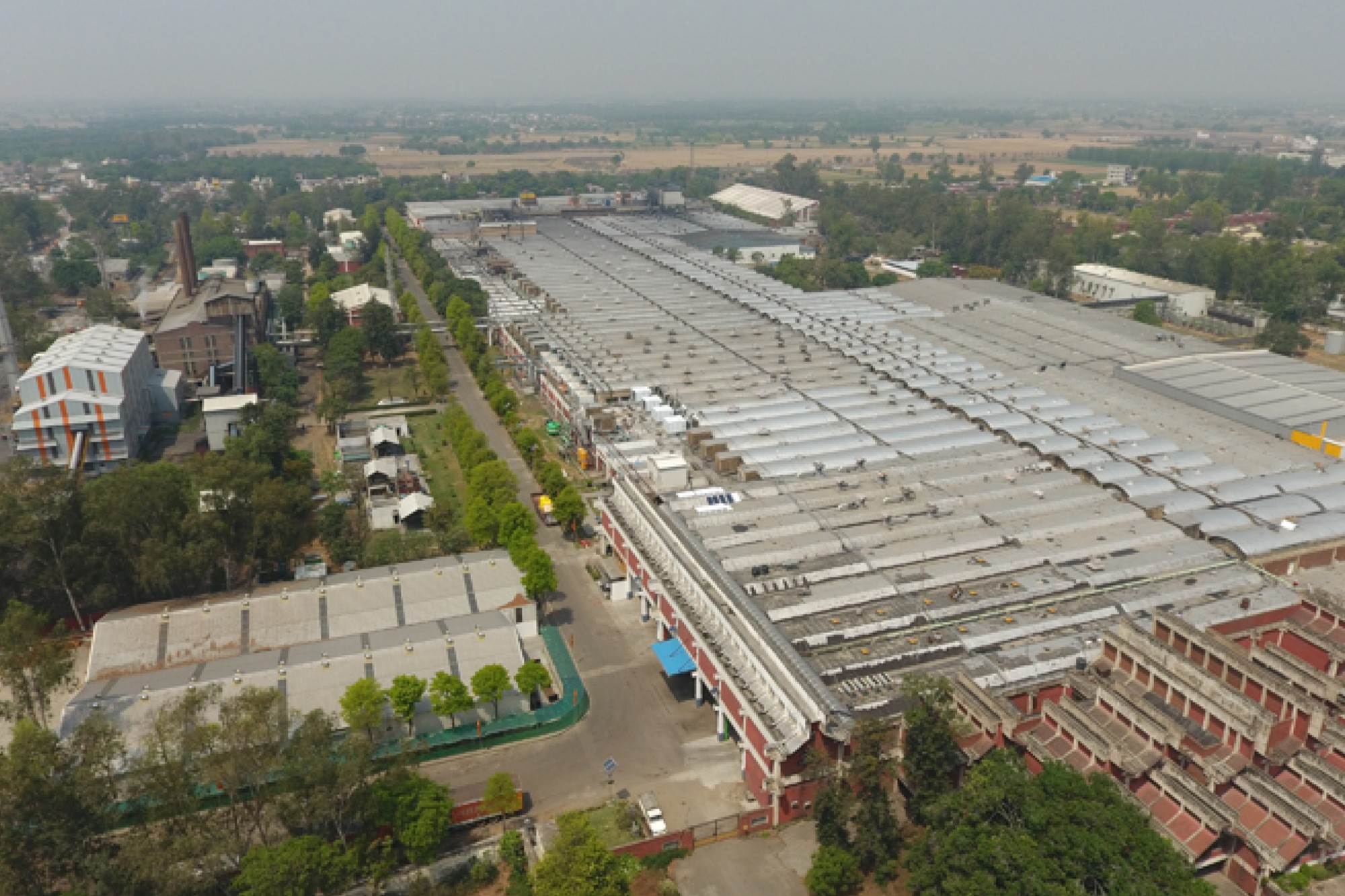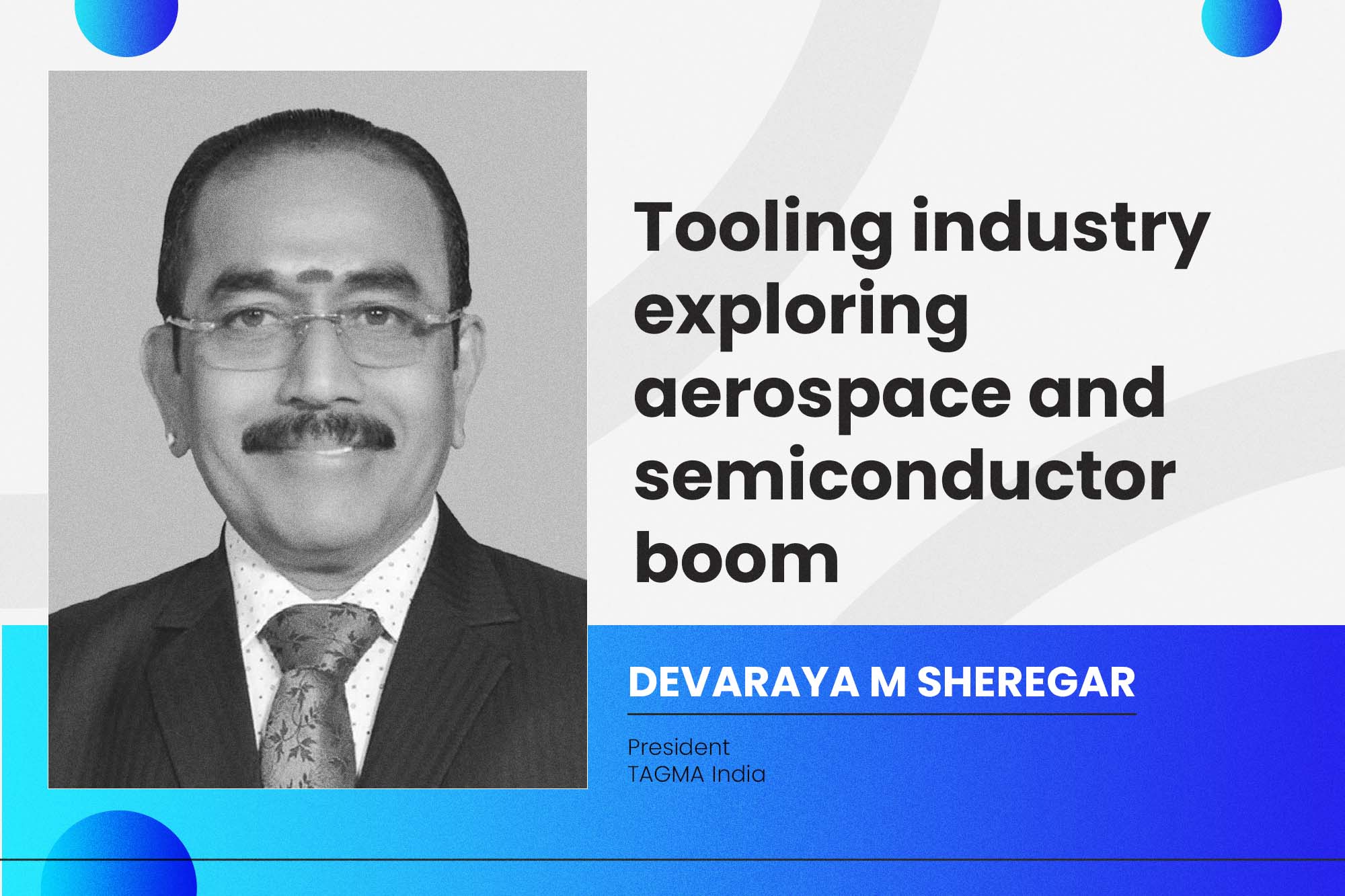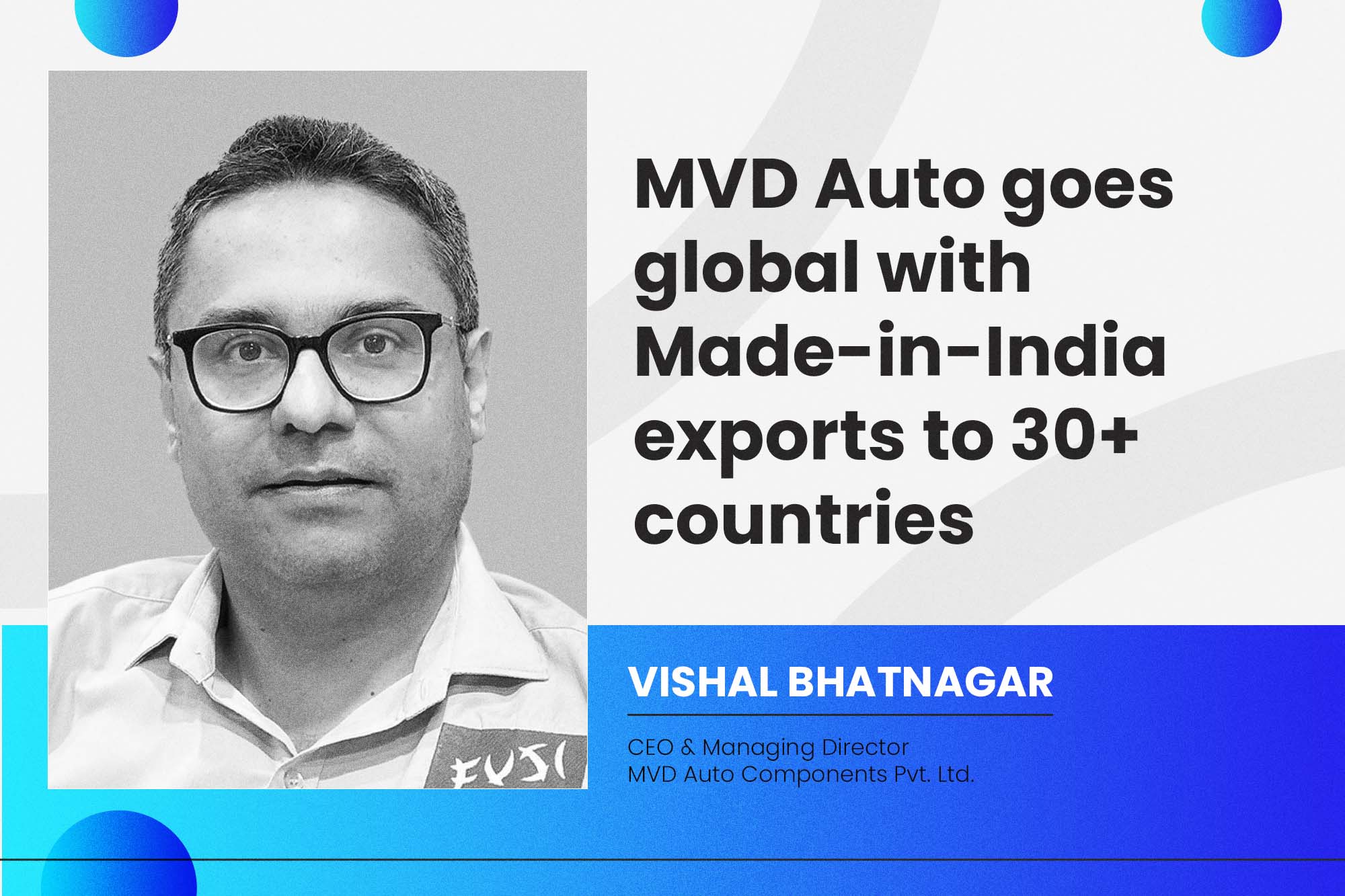Advanced Robotic Manufacturing using Industry 4.0 technique
By OEM Update Editorial June 8, 2022 5:27 pm IST
manufacRobotic machining, Linishing, Laser cutting and Tape laying are some of the newer areas of application of Industrial Robots & software technology.
Deliberating with OEM Update, Vineet Seth, MD, South Asia & Middle East, Mastercam APAC remarked, the intent of the PLI scheme is to promote, nurture and reward domestic manufacturing.
Latest trends and innovation impacting machine tools industry
Modern 3D printing and Industrial Robotic overlaps in the domain of metal cutting and additive manufacturing are some of the newer trends that are impacting the Machine tools industry. Metal 3D printing, conformal cooling, Light weighting are some of the benefits of modern 3D printers and software technology. Robotic machining, Linishing, Laser cutting and Tape laying are some of the newer areas of application of Industrial Robots & software technology. All of these, have definitely contributed to new business strategies, reduced time and costs as well as newer & better processes.
Manufacturing with Industry 4.0/ 5.0 to optimize production in present times of digital adoption
Manufacturing industry will certainly benefit from both Industry 4.0 and 5.0 techniques and components. Higher visibility, Knowledge based analytics, AI and ML customised to specific production and processes, reduced down-time of machines and real-time tracking of material & tools are some of the key proponents of optimization in this domain.
Of course, the extent of digital adoption, inter-linking of processes, quality training and implementation are also important points to consider while rolling out the Industry 4.0/5.0 plans across the plant(s).
How PLI extended will impact manufacturing and production to increase with AI, IIoT and additive manufacturing?
The intent of the PLI scheme is to promote, nurture and reward domestic manufacturing. To this end, a parallel stream will also progress for upskilling and increasing newer technology adoption, as domestic firms take up the mantle of critical manufacturing. Naturally, as manufacturing needs get more technical and critical in nature, manufacturing firms will need to invest, learn and implement newer manufacturing practices, such as Additive Manufacturing, IIoT, Flexible Robotic Manufacturing cells, amongst others.
How do you evaluate the growth of digital manufacturing?
An easy indicator for Digital Manufacturing growth is the increased consumption of CNC machine tools, Industrial Robotics, Additive and Hybrid Manufacturing Machines, etc, on the Capital front. Growth in per capita output of manufacturing industries, in the past 10 years also are indicators of growth in digital manufacturing. On a factory level, industry can evaluate their nett output keeping all factors standard, except for their manufacturing practices/process(es). Clearly, a digital manufacturing process will show increased output in comparison with traditional manufacturing practices. It will also show that total consumption of material, tools, and machine downtime will also have reduced.
PLI to help in boosting manufacturing output, to surpass domestic demand enough to export Since PLI is linked with production and incentivizes manufacturing firms on incremental sales of products manufacturing in domestic units, manufacturing organisations will be motivated to move up through the value chain to cater to export markets, by producing more. Also, since the scheme provides incentives to manufacturers only after the completion of investment, employment and production targets, realisation will be actual and not just on paper alone. MSMEs in particular will benefit from the dual nature of increased incentives of meeting PLI targets as well as catering to premium export markets.
PLI may encourage Indian manufacturers to attract investments to ensure efficiency and cutting edge technology.I completely agree with the statement. With the domestic consumption increasing year on year, for various locally produced goods, it is not far that consumer demand for better products at competitive prices will drive Indian manufacturers to seek investments, partner with leading brands and acquire technology to meet these demands. Since PLI rewards manufacturing organisations, many investors will see this as an opportunity to grow their investments (into these companies) at a higher rate, in comparison with stable or stagnating economies or other slow growing industries.
How are the smart factories evolving with AR and autonomous robotics implementation? Smart factories work on the principle of having an exact digital world as against the existing physical world – Digital and Physical Factories. Through the use of Augmented Reality (AR), plant managers and other key personnel can simulate various activities and processes in the “Digital Space” before implementing these tasks physically. This method allows for accurate visualizations, understanding associated costs, disruptions to existing setups, effective real-estate utilization etc., in addition to other benefits. With the use of latest software technology and offline programming systems (OLPs), autonomous Robotic implementation has become a breeze. Robotic cells can be reconfigured virtually first, visualized and then implemented for newer processes and applications in record time.
How does PLI help MSMEs achieve maximum localization of components?
Localization of components is generally a function of OEMs, as they source various parts from domestic markets. However, MSMEs stand to gain from the requirement of localizations arising from newer manufacturers, to setup domestic manufacturing, motivated by the PLI scheme. MSMEs are the backbone of Indian manufacturing and are currently in a connected world, where innovation, technology implementation and R&D are much easier compared to what the situation was 20 years back. Most Tier 2 and Tier 3 suppliers fall under the MSME category and they will play a much bigger part in manufacturing components in the Domestic market.
How do you evaluate the manufacturing growth given Rs. 3 lakh crore of PLI incentives to be paid out linked to manufacturing?
Recent reports related to the success of PLI scheme show positive growth overall. Electronic Export alone has risen by nearly 50% this year till date. A number of companies have qualified under Pharma, White Goods, Renewable Energy and Chemical Industries for the PLI scheme this year. A visible change is the positive growth of our country in the Global Manufacturing Risk Index of 2021, where we moved up one place to be the second most favourable destination for manufacturing, displacing USA. Owing to the ongoing shortage of microchips in the world, 5 companies seem to have been shortlisted to manufacture high end microchips under the PLI scheme. I’m confident that this will take us forward as a manufacturing economy of the current century.
Foreign collaboration and tie-ups will lead to expansion of manufacturing units’ capacity in India
Companies and investors in the west have been looking at India for the past 25 years as an opportunity to grow. The growth story has just started. With return on investments in lower single digits in Europe and Americas, especially in manufacturing, India will most likely benefit positively with foreign investment and technology collaboration that will eventually result in an overall increased manufacturing capacity for domestic producers.
Aim of the government to introduce PLI outlay as incentive to aid manufacturing?
I believe the aim of our Government is multi-pronged with respect to the PLI scheme. For starters, the scheme creates potential for a capex in the manufacturing industry upwards of 3.5 trillion rupees before the end of this decade, an increased employment potential for over 3 million people and increasing technological competency & capacity of over a dozen important sectors in the manufacturing domain. The incremental revenues are projected to be 10-12 times the capex that is mentioned above. Overall, I feel that this will build an ecosystem of modern and scalable manufacturing.
Cookie Consent
We use cookies to personalize your experience. By continuing to visit this website you agree to our Terms & Conditions, Privacy Policy and Cookie Policy.



